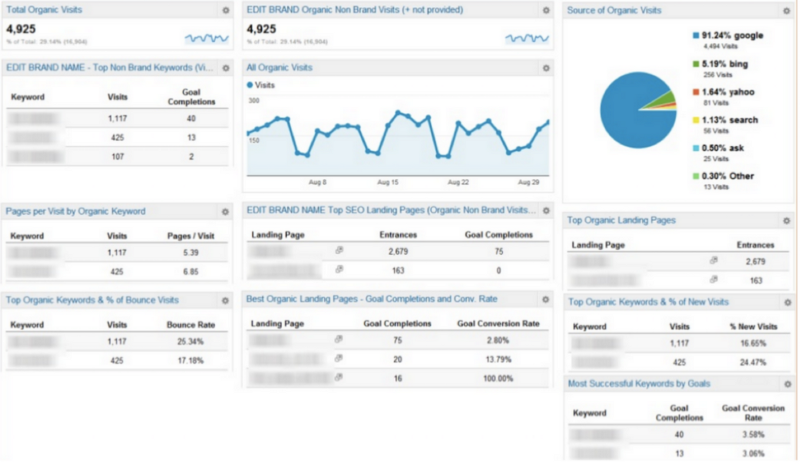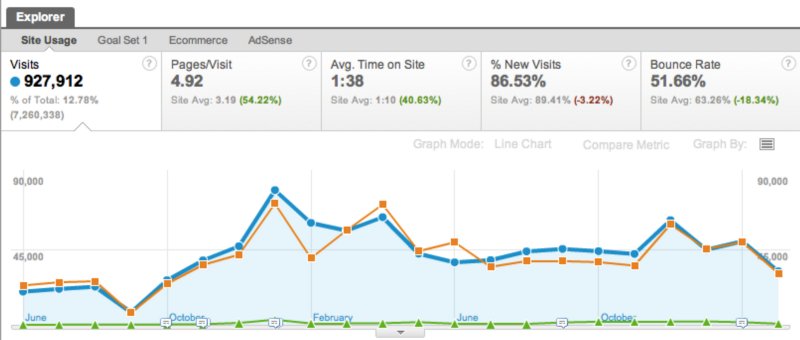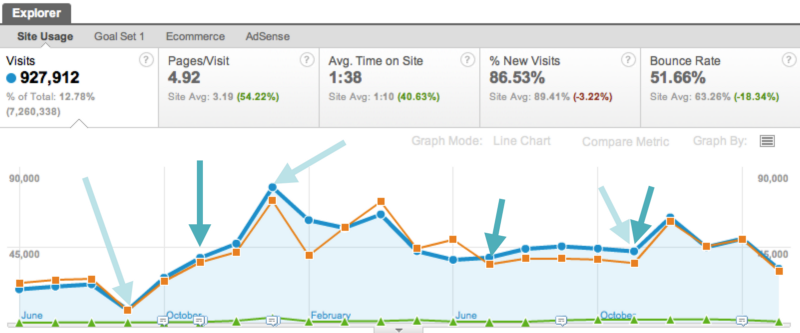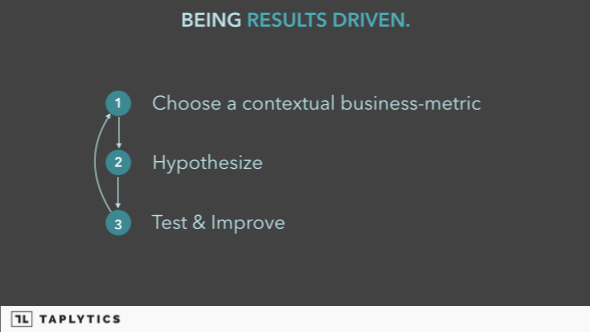Intuition Didn’t Save Caesar Years Ago and Couldn’t Guarantee Success for Steve Jobs.

In 44 B.C.E. Calpurnia, wife of Julius Caesar, foresees her husband’s assassination and begs him not to go to the Senate. Caesar doesn’t listen.
Several stab wounds and a few famous last words later, Caesar is dead.
In 1865, when Ulysses S. Grant is invited to join Abraham Lincoln at Ford’s Theatre, Grant’s wife, Julia, urges him not to go. Unlike Caesar, Grant heeds his wife’s advice.
It soon emerges that he, too, may have been an assassination target that night, when Lincoln was assassinated.
In 1940, Winston Churchill is dining at 10 Downing Street when a German bomb hits nearby. He orders his staff to leave the kitchen immediately.
Moments later another bomb falls, completely obliterating — you guessed it — the kitchen. Winston’s intuition was clearly on point that evening.
Are the hairs on the back of your neck standing up yet? Are all the goosebumps present? All this intuition talk is spooky stuff!
But what is intuition? And should you base your decisions on it?
Intuition is something “you just know” based on instinct rather than conscious reasoning. Intuition isn’t always a matter of life and death, though. In modern times we are much more likely to hear about its impact in the realms of business and technology.
Steve Jobs took the mystical view of intuition, which he says he learned on a youthful trip to India. He said, famously, ’Intuition is a very powerful thing, more powerful than intellect, in my opinion.’ Jobs’ gut feelings dominated Apple, even when he was wrong. Often in technology and business, however, intuition “wins” get much more press than its failures.
One of the biggest failures of intuition in recent memory was the merger of AOL and Time Warner, engineered in the early 2000’s by CEOs Jerry Leven and Steve Case for a whopping $164 billion. Levin famously fought with his board and ignored everyone’s advice. He based this stance on his “gut feeling” about the deal.
In 2010 Levin admitted that he had presided over perhaps the worst deal of the century since Time Warner was forced to take a $99 billion loss only two years after the merger.
So, with all this evidence for and against intuition, how do we know if we should bother listening to it at all? If we look at the few astounding successes like Napoleon, Winston Churchill, Albert Einstein, Bill Gates, Steve Jobs, Mark Zuckerberg and put them on balance with the millions of failures the result is less favourable.
Intuition is sometimes useful but is far from being reproducible. As such it should not be glorified as a tool of decision making. Healthy and robust decision making comes from rational and results-driven thinking.
When you are focused on the results you need, you ask questions like: “What do we want? How will we recognize it when we get it? and What will it take to get there?” These are the questions that the best organizations are in the habit of asking.
After working with hundreds of apps and app developers at Taplytics, it’s become clear, that the most successful teams are the ones that iterate the fastest and embrace experimentation. These successful teams are constantly at the forefront of the latest trends and consumer demand. Even beyond embracing experimentation, these teams are “Results Driven”. They have created a system and processes to set contextual and relevant goals for their businesses and attempt to reach them through iteration.
This process of constant transformation evolves their app beyond just what it is right now and begins to transform it into something that can iterate over time and endure. Sometimes, iteration comes with failure — but strong teams endure through failure. Like some of the most iconic brands that have stuck around for generations, surviving failure makes them more durable in the long run. These top-tier organizations take data and turn it into results. They do this over and over again and the world’s best products are the result.
Fundamental to the success of this cycle is the never-ending focus on achieving results. It’s the driver behind all decisions and acts as the guiding principle behind everything that happens at these companies.
So you focus on results and collect a bunch of data and BAM! You have a successful company, right? Not necessarily. One of the interesting things to keep in mind is that data on its own is not all that valuable.
These days, data is being collected from a countless number of sources. It contains backward-looking information about what has happened, but this data on its own is meaningless. Without context of what you’re looking at and why there’s very little value in the data itself

One simple thing to ask yourself when looking at data like this is “what’s the goal the business is driving towards”? Often, it’s impossible to tell because there’s only data with no insights.
This unfocused data ends up blurring into the background and becomes noise. Even worse, unfocused data can pull your organization into dangerous directions. It gives you a reason to tackle different projects that may have little-to-no value and wastes your most precious resource…. Time.
With enough data, pretty much anything can be justified. So the value of focusing on a goal ensures you use the correct data at the correct time to make the right decisions.

When looking at analytics from a results-driven standpoint, the noise disappears. This is because, when looking at data from a results-driven angle, the focus is placed on what’s important. In this case, it’s a count of the monthly new customers. The data is then organized in a way that supports a quick and simple understanding of how many new customers there was this month.
While this graph is a step in the right direction, it still doesn’t tell you why things are happening. Or why there are fluctuations in the graph above.
So if data isn’t the answer, and neither is simple intuition, then what is?
A combination of the two parts is most important and the concept of controlled experimentation truly drives results-driven analysis. To understand this, we’ll break down that typical analytics graph a little bit.

When looking at a graph like this, you may start asking yourself why things are happening. The first thing you notice are a number of dips and peaks, and the assumption is that they were initiated by some sort of event.
Clearly something must have happened at each of these key points to drive change in the graph.
- Was it that new feature you released?
- Did your new copy increase your search rank and thus visitor volume?
- Maybe you started using a new ranking algorithm that’s increasing retention.
- Or did your servers have a temporary hiccup or did your reporting tool miss something?
Now we can take a look at where the real events happened and things get muddy.

There doesn’t seem to be the correlation we originally thought there was. This graph seems to move up and down without rhyme or reason because there are so many different things that can potentially affect this graph.
Really, you have no way to answer the questions of whether the increase or decrease in your visits was a result of something you did…or something else! While you may try to intuitively correlate your data to certain events, you’ll have no real way of knowing why something happened.
To pull it all together and really understand what’s going on, you need a tool like A/B testing.
Using A/B tests, you’re able to:
- account for all of the outside events and externalities that may have been affecting your underlying data and
- have a clear view so that you can answer questions like whether your new feature is working or your new copy is increasing retention
There are a number of different ways of running A/B testing, but fundamentally they all do the same thing. They allow you to understand your data in terms of it’s relevance to what’s most important — results. This is the antidote to blind decisions made based on intuition alone.
Data-driven decision-making is the process of tracking as much data as possible to try to glean some meaning from the information.
Being results driven is the use of data in ways that are focused on solving your toughest business problems in actionable ways. It means asking questions around how you acquire your users and the performance over time, what your retention looks like, how many of your users come back and what your engagement actually looks like for users that have returned.

For each part of your business, pick a relevant business metric. Encourage and foster hypotheses — and this is where intuition can come into play, but then you must test to improve. Repeat this process again and again.
While there are the “superstars of intuition” — and it can be a helpful component of your decision-making process — there are millions out there who’ve been misled by a blind faith in their own intuition. Without a focus on both data and results to track and analyze the actions toward your goals, you’re just hoping for the best without hope of repeatable success.

Taplytics is a fully integrated mobile A/B testing, push notification, and analytics platform providing the tools you need to optimize your mobile app.

